For a relatively small country, Italy boasts a wealth of landscapes. A thin peninsula with a mountain range shooting down its spine, along with millennia of volcanic activity and exposure to winds from all corners of the earth, Italy is home to a huge diversity of soils and microclimates – and, in turn, produce.
The likes of Pachino, San Marzano, Piennolo and Datterino are just a few of Italy’s 300-plus tomato varieties, for instance, and the same variety goes for citrus fruits and truffles. Add to that an exhaustive list of cheeses, cured meats, spirits and wines (Italy holds the world record with 545 registered wine grape varieties), and it would take you several lifetimes to eat your way from top to bottom.
To keep you from biting off more than you can chew, we put together a sampling of four neighbouring regions known for producing some of the country’s most unmissable local specialties, as well as tips on where to try them and where to buy them.
Naples and Campania
Neapolitan-style pizza has conquered hearts and palates the world over, but there’s plenty more to slice into in this vibrant seaside city with its surrounding countryside.
The crown jewel of mozzarella production, mozzarella di bufala – or simply “la bufala” – is made exclusively from Italian Mediterranean buffalo milk in the regions of Caserta and Salerno. The texture is creamier and more elastic than traditional mozzarella, and it features a full spectrum of tangy, floral and grassy aromas and flavours. Find it on pizzas and caprese salads, or split in half and generously doused in olive oil. When shopping, look for DOP on the label (indicating it’s the real deal of protected origin), and eat it as soon as possible; fresh mozzarella should never be refrigerated. Unsurprisingly, Naples is dotted with cheese shops bearing Caseificio or Latteria in the name. Many are outposts for local cheesemakers, like Latteria Fierro, which comes direct from the source.
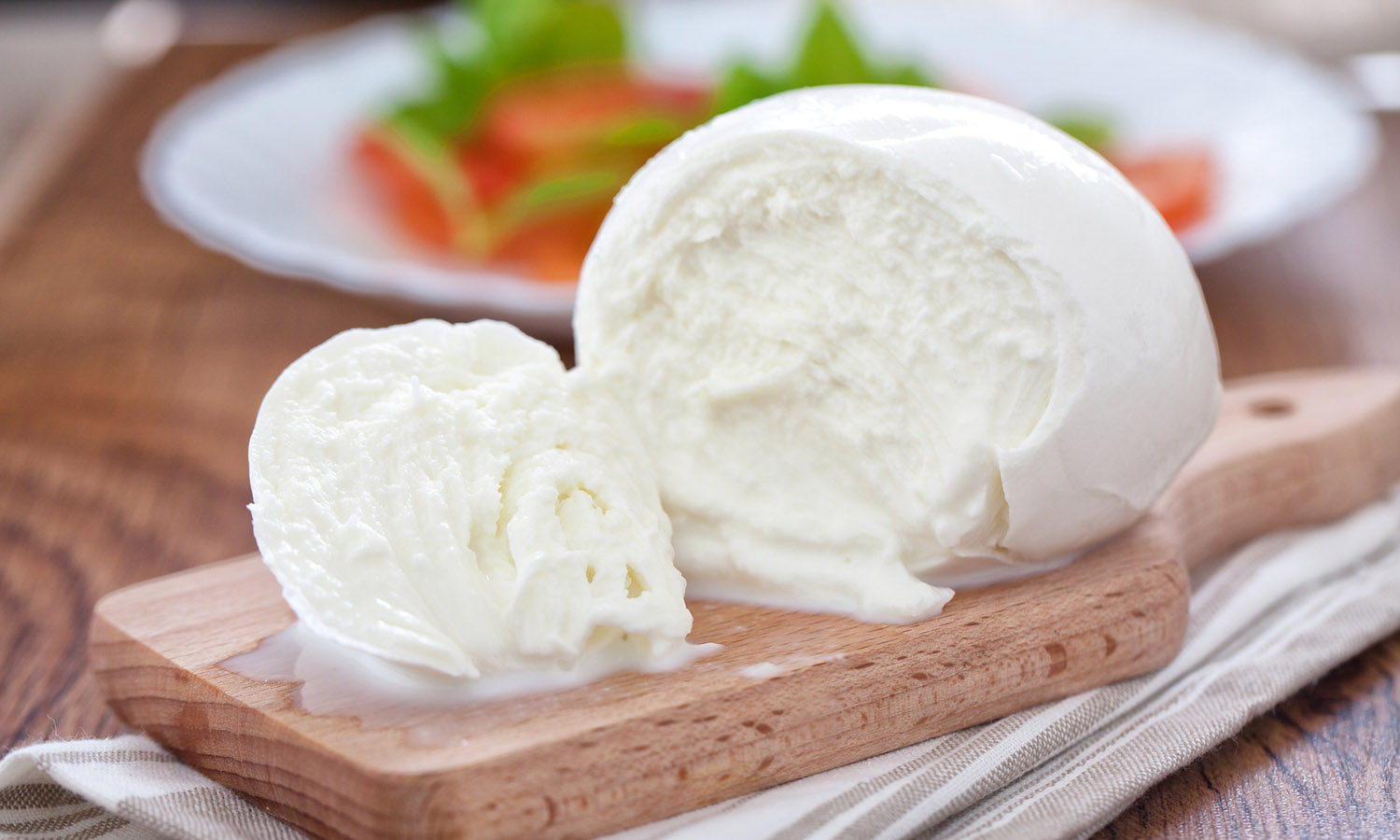
[Image: Svariophoto/iStock]
If you’re lucky enough to cruise down the Amalfi coast, lemons are another inimitable local flavour. Limoni d’Amalfi, also known as Sfusato Amalfitano, are an IGP – a geographically protected species that grow in terraced groves along the coast they’re named for. The lemons are known for their large size and thick skin, which is particularly sweet and aromatic, and far less bitter than traditional lemon peel. Candied citrus zest is used extensively in local pastries like pastiera napoletana as well as the cream-filled lemon-scented sfogliatella and delizia al limone, a sponge cake stuffed with lemon cream and soaked in lemon syrup. Get the full-immersion Amalfi lemon experience with this tour.
Don’t miss the chance to stroll the fragrant lemon groves and learn more about farming and harvesting, as well as producing lemon-infused delicacies. Take home a taste of Amalfi lemons in a bottle of iconic lemon liqueur, Limoncello, or a jar of lemon-scented honey. You can watch the masters at work at family-owned limoncello factory Antichi Sapori d’Amalfi, and shop for all things local and lemon. Now under third-generation ownership, the producers staunchly vow never to sell their artisanal products wholesale.
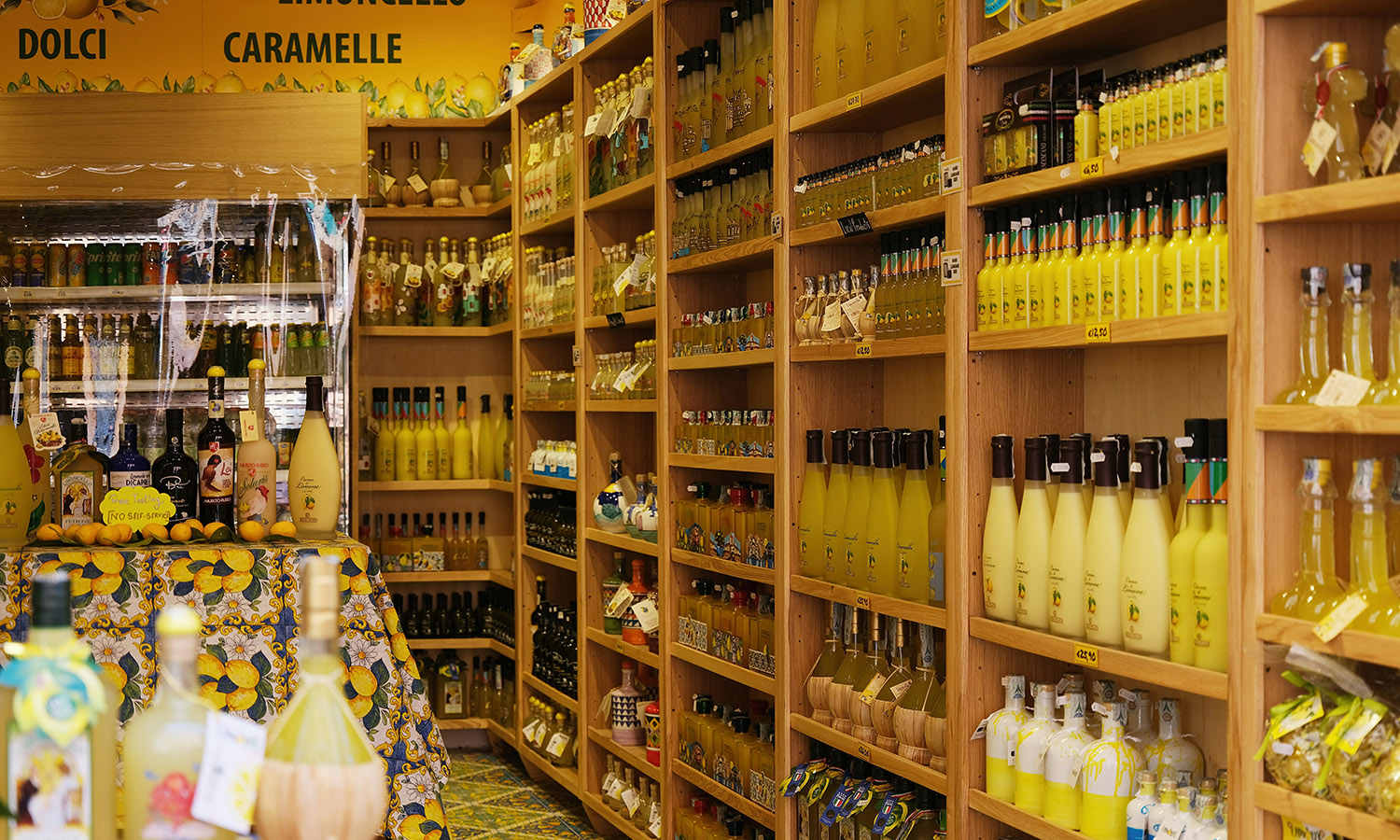
Rome and Lazio
Rome and the Lazio region, which surrounds Italy’s capital city, are far too often overlooked on the cuisine scene. Which is a shame, considering that millennia of history and culture have given rise to dishes with ancient roots.
The Lazio region’s central location and nearly year-round temperate climate nurture a startling variety of seasonal produce, much of which appears on traditional trattoria menus. Bitter greens like chard, escarole and multiple types of chicory, plus Roman-style varieties of zucchini (zucchine romanesche), artichoke (carciofo romano) and broccoli (romanesco), are unmissable side dishes. Lazio’s Sabina area produces a sought-after DOP olive oil, and it’s all in the name when it comes to spicy, aged Pecorino Romano cheese.
Lazio wine also falls under the radar; don’t miss sumptuous aromatic white Frascati wines and girthy rustic reds made from Cesanese, the region’s signature grape. Sip from a Lazio-only wine list at Trapizzino in Trastevere, or jump on board a Roman food tour to get a taste of the city’s distinctive flavours.
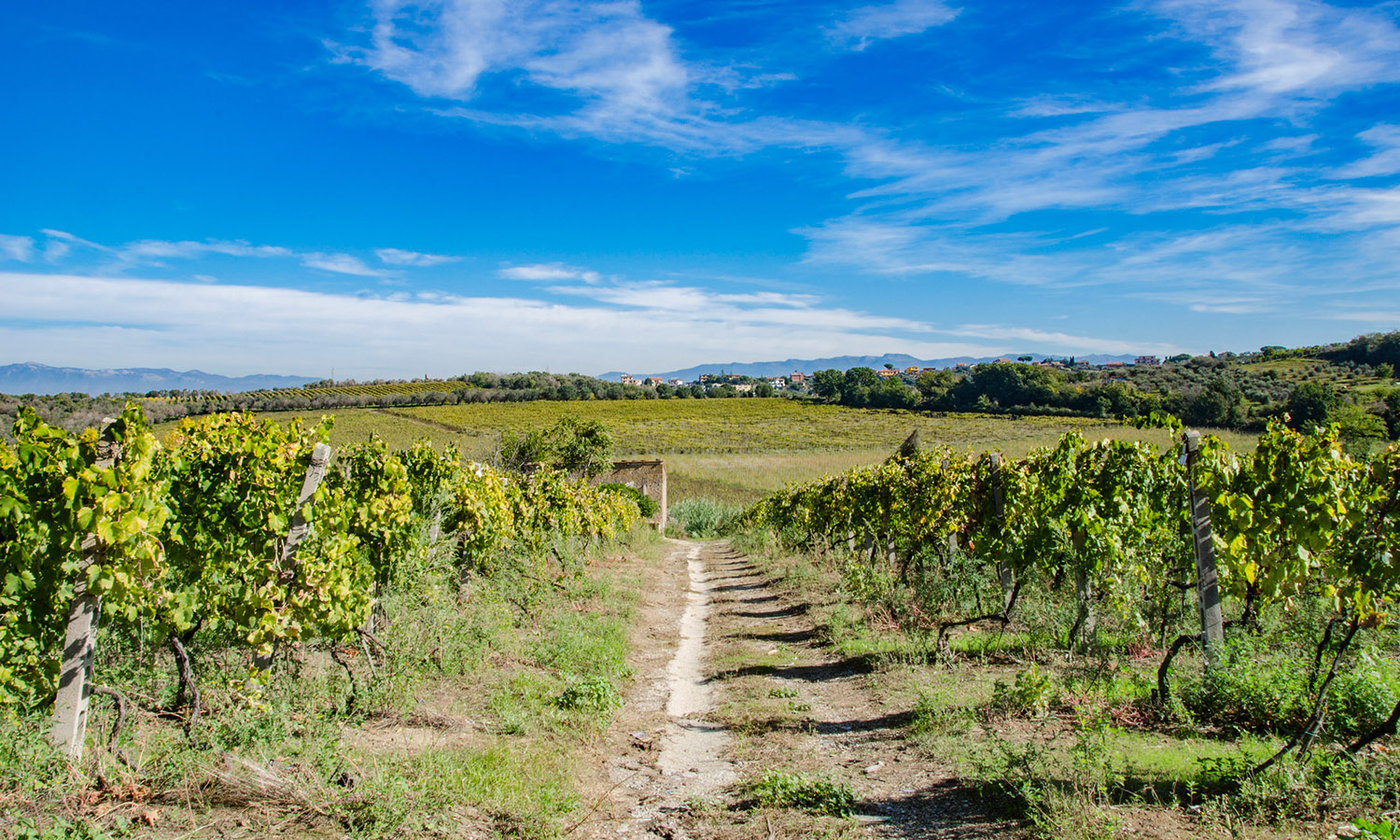
[Image: Andrea Sebastiani/iStock]
The legendary Trionfale Market, a short walk from the Vatican Museums, has been operating for two centuries. A veritable foodie paradise, you’ll find mountains of local produce, cheeses, cured meats and olive oils. Browse for portable produce including jarred sauces and specialties, like artichokes pickled or packed in oil.
Viterbo is a car trip or a two-hour train ride from Rome. The papal palace and Etruscan Museum draw international travellers, and the food scene has blossomed. In the old city centre, Osteria del Vecchio Orologgio boasts a rigorous local wine list to complement traditional and creative takes on Lazio cuisine.
Umbria
It may frequently be hailed as the “new Tuscany” for its stunning hillsides, exceptional wines and culinary bravura, but this central Italian region deserves its own spotlight.
Tartufo nero (black truffles) thrive in the eastern and southern parts of the region; try them on in simple but stunning pasta dishes like strangozzi or ‘mbriachelle al tartufo. If you’re travelling during truffle season (September-December), consider a truffle-hunting and tasting tour. This one leaves from the town of Norcia, a culinary hub all its own, especially famous for cured meats and the eponymous prosciutto, capocollo, salsiccia and salumi “di Norcia”. Browse specialty delis, often referred to as norcinerie, such as Brancaleone and Norcineria Coccia, both located in the old city centre.
View this post on Instagram
View this post on Instagram
On Umbria’s western border, Orvieto practically straddles Tuscany and Lazio and makes for a perfect day trip from Rome or Florence. The charming hilltop town is most famous for its namesake white wine, a signature blend of local white wine grapes with a snappy mineral finish, as well as bright, cherry-scented reds made from Sangiovese and Ciliegiolo. Pop into an enoteca – a wine bar where you can also buy bottles. Many of them are located a stone’s throw from the town’s Duomo cathedral, infamous for its imposing size and colourful façade. For low-key local flavour, try Cantina Foresi. For a more upscale wine and food experience, book a table at Bottega Vèra.
Lastly, the city of Perugia is home to an annual chocolate festival every November, one of the most famous in Europe. If you can’t make it, keep an eye out for bite-size Baci Perugina. The “kisses from Perugia” are beloved nationwide for their creamy dark chocolate centre laced with hazelnuts.
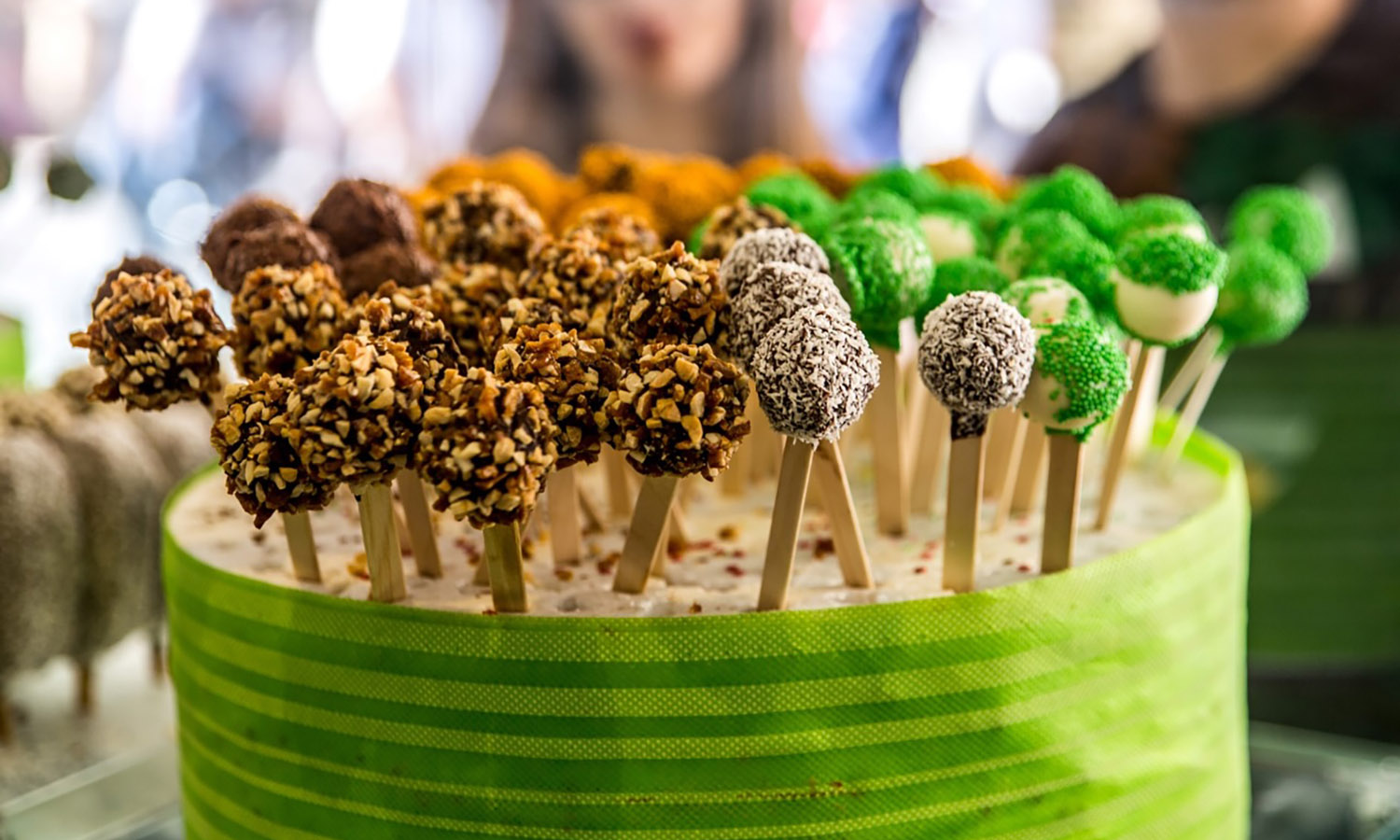
[Image: Eurochocolate]
Tuscany
Instantly recognisable for its manicured wineries, sun-drenched slopes and Renaissance elegance, Tuscan cuisine melds noble tradition and rustic purity. A drizzle of electric green oil atop tomato bread soup (pappa al pomodoro) adds dimension and class to a seemingly simple dish. Slabs of Chianina steak and wild boar ragù verge on haute cuisine when paired with velvety Brunello di Montalcino.
Creamy, piquant pecorino Toscano cheese and fennel-laced salami (finocchiona) come served with crispy, oil-imbued schiacciatella flatbread. Add a glass of searing, cherry-bright Chianti, and this is not your everyday cheese and crackers.
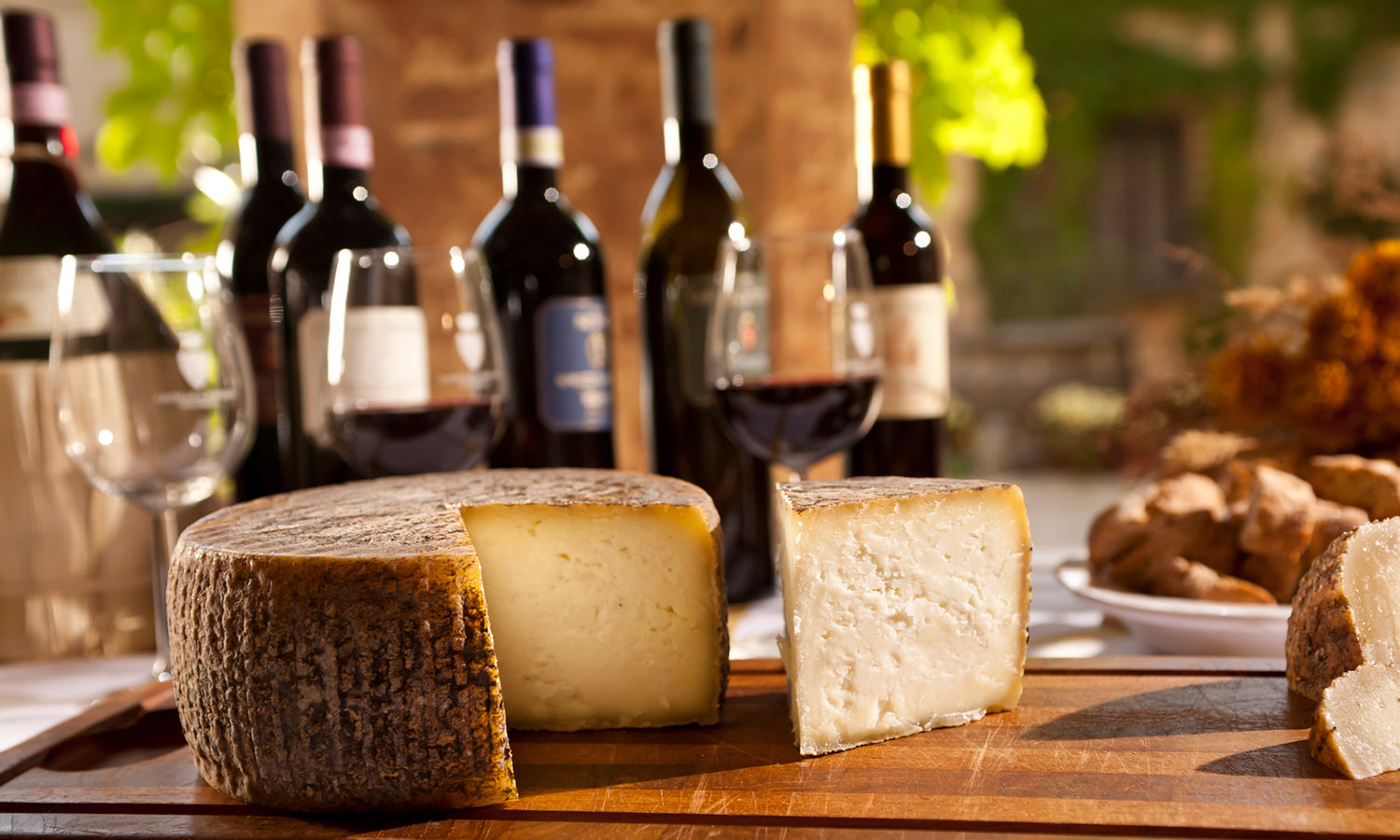
[Image: lcepparo/iStock]
Florence and Siena are top destinations, especially if you’re travelling by train. Tuscany understood the assignment, and you’ll find specialty shops in every town selling goodies to stow away for a taste of Tuscany back home. For an unforgettable food shopping experience, check out Florence’s Pegna dal 18160. The expansive grocery shop is housed in a 17th-century monastery and sells all manner of Tuscan, Italian and even international delicacies.
A day in Chianti wine country is a must for stunning scenery and succulent, Sangiovese-based wines made for washing down ultra-local specialties like crostini topped in rosemary-scented liver paté and lardo di colonnata.
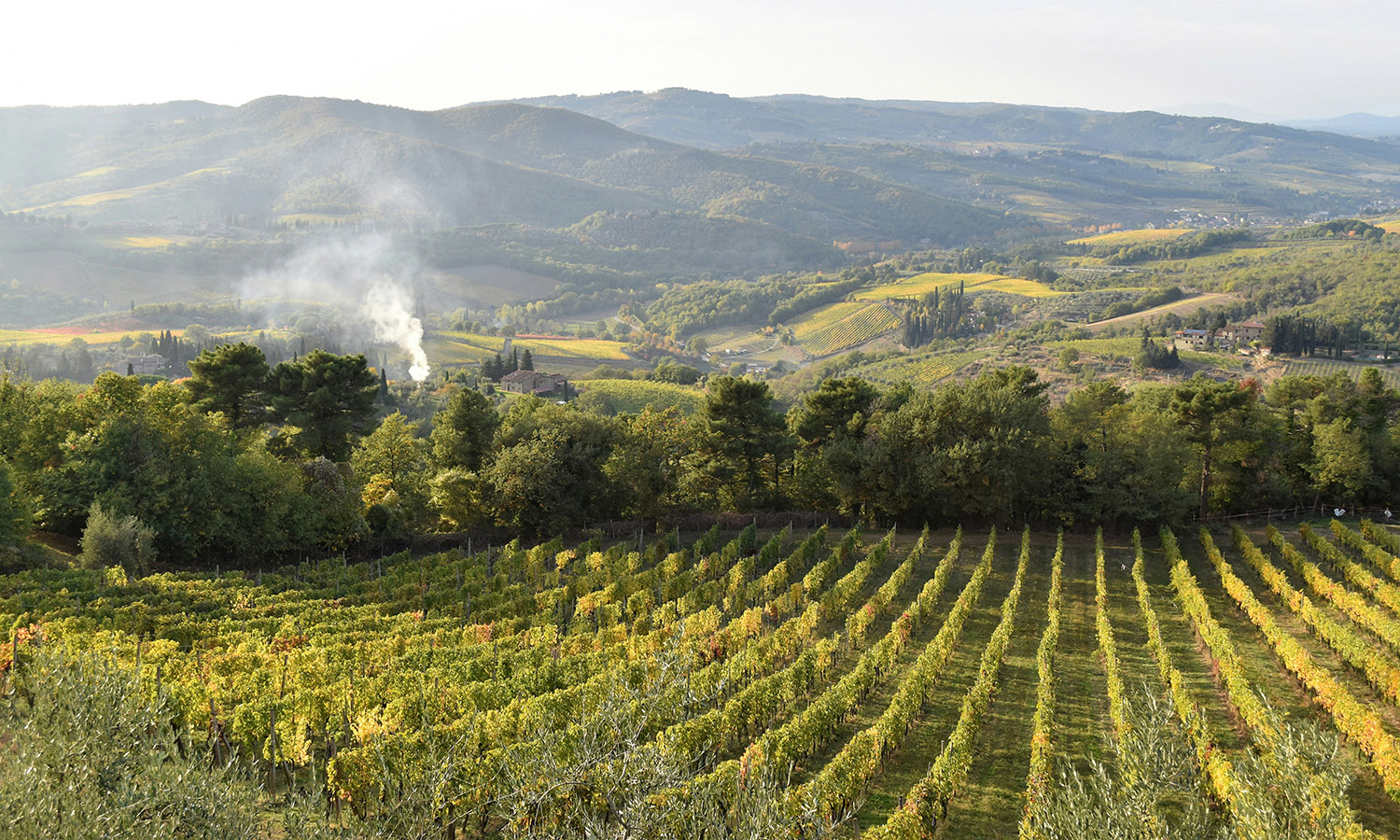
Book a table at Ristoro di Lamole, set on one of the highest points of Chianti Classico, and enjoy lunch at cloud level with unforgettable views. It’s also an enoteca and specialty shop featuring olive oil, truffle-infused honey, and tasty crostini toppers packed in jars.
Don’t leave Tuscany without a glass of Vin Santo, a late-harvest, liquid-gold dessert wine served alongside cantucci almond biscuits.
[Header image: SolStock/iStock]

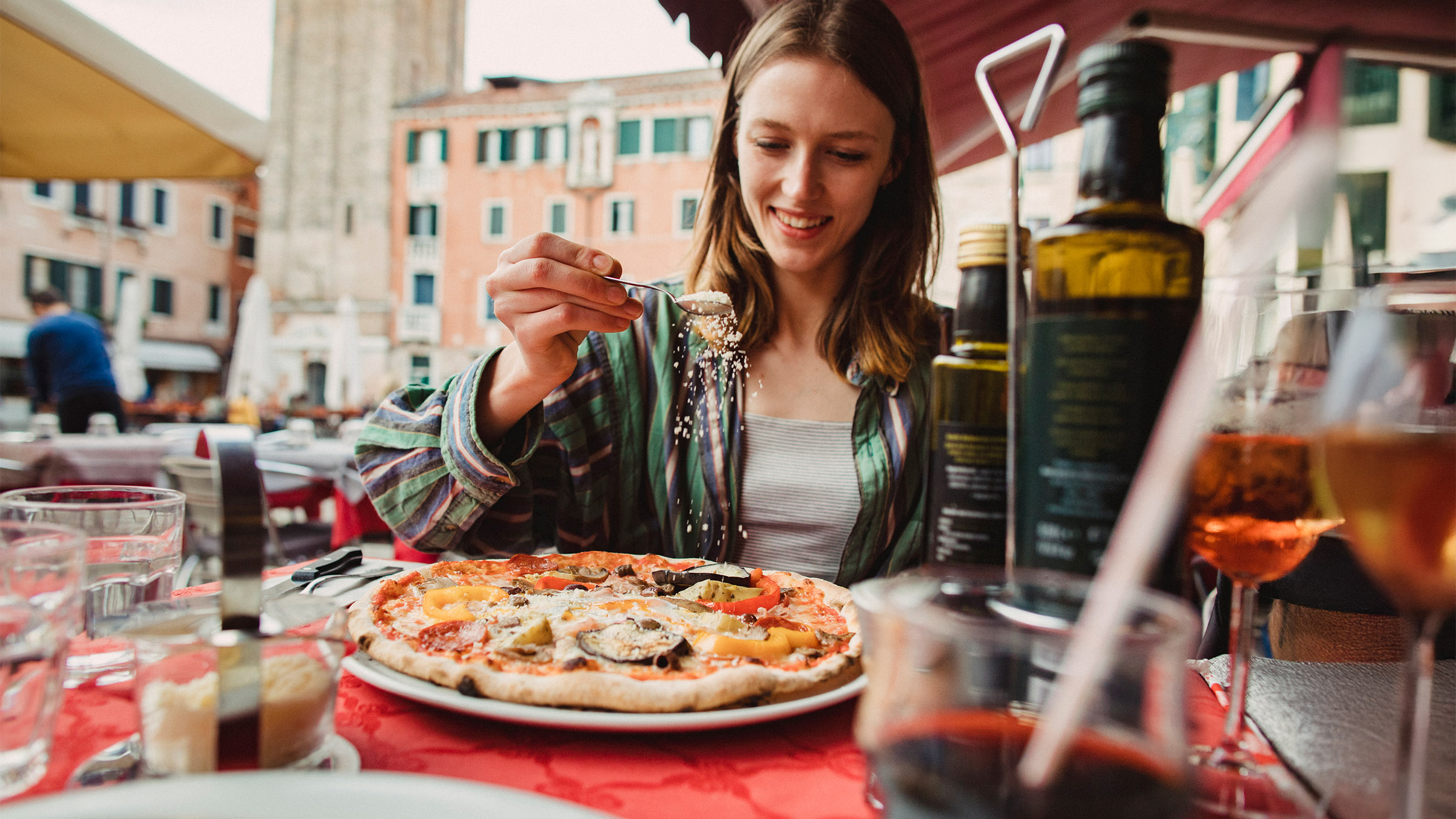












Sorry, the comment form is closed at this time.